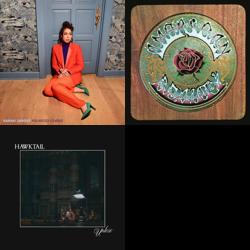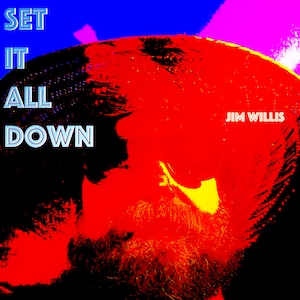As I finished up my run this AM, I checked my phone to look at the health data captured during the run. This is my habit and it got me thinking that based upon some recent conversations with friends of mine who got Apple Watches for Christmas, it feels like more than a few Apple Watch users are missing out by not regularly reviewing some of the key health metrics that the watch captures.
Of course, these metrics become more illustritive and valuable the longer you wear your watch. Meaning, you won’t learn a whole lot for a couple of weeks of data but, wear your watch for a few months or years and you’ve got some terrific baseline data to help you get a clearer picture of your overall health. Note, too, that the data your Watch sends to your phone can be viewed in both the Health app and the Fitness app. They offer different views into similar data but the Health app allows access to more data points and allows you to create favorite metrics, etc.


The first step is realizing how much valuable information the Apple Watch (or other fitness tracker) sends to the Health app. That’s the white icon with the heart on it on your phone. Your watch sends all sorts of data to that app and you’ll want to just view the highlights using the “Summary” view in the Health app.
The first two metrics that I always make sure are on my iOS Health Summary screen are Resting Heart Rate and Heart Rate Variability. (If you’re not sure how to edit your iOS Health App Summary view: Launch Health app, click Summary in bottom left and then “edit” in upper right.)
The more fit you are, the lower your resting heart rate. In theory. More importantly, if you see your resting heart rate trending up or having huge spikes it could be a sign that you’re getting sick or something else is going on to impact your overall health.
Likewise, with heart rate variability (HRV). The greater the variability of your beat-to-beat rate, the healthier your autonomic nervous system. So, higher numbers here are better. If you see your HRV trending downwards it could be a sign that you’re getting sick or something else is going on. I wrote a post a while back about how big changes in both my resting heart rate and my HRV were clearly visible on my phone when I had Lyme’s disease.
Then there’s V02 Max (aka Cardio Fitness). This is a great indicator of your overall fitness. Higher is better. With iOS 14, Apple changed this metric to be called “Cardio Fitness.” I’m glad to see Apple paying attention to this metric. For a while my Apple Watch was very inconsistent in updating my V02 max but since September my watch has updated my V02 max every time I’ve run or walked for longer than 20 minutes.
Combined, these three metrics can tell me a lot about how stressed out I am, if I am getting enough sleep and if I am exercising enough, too little or too much. Definitely worth adding to your Summary screen if you have an Apple Watch.









